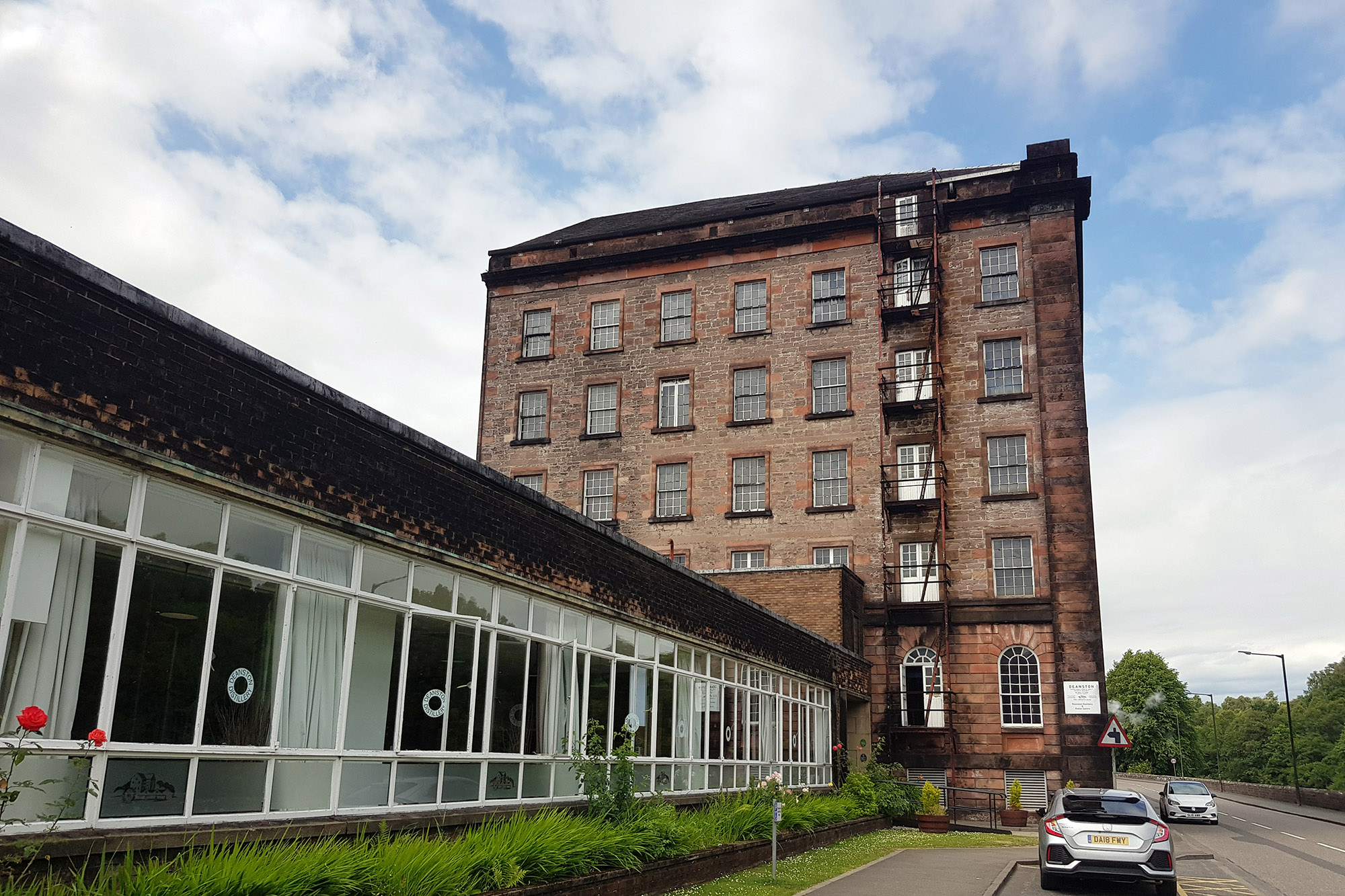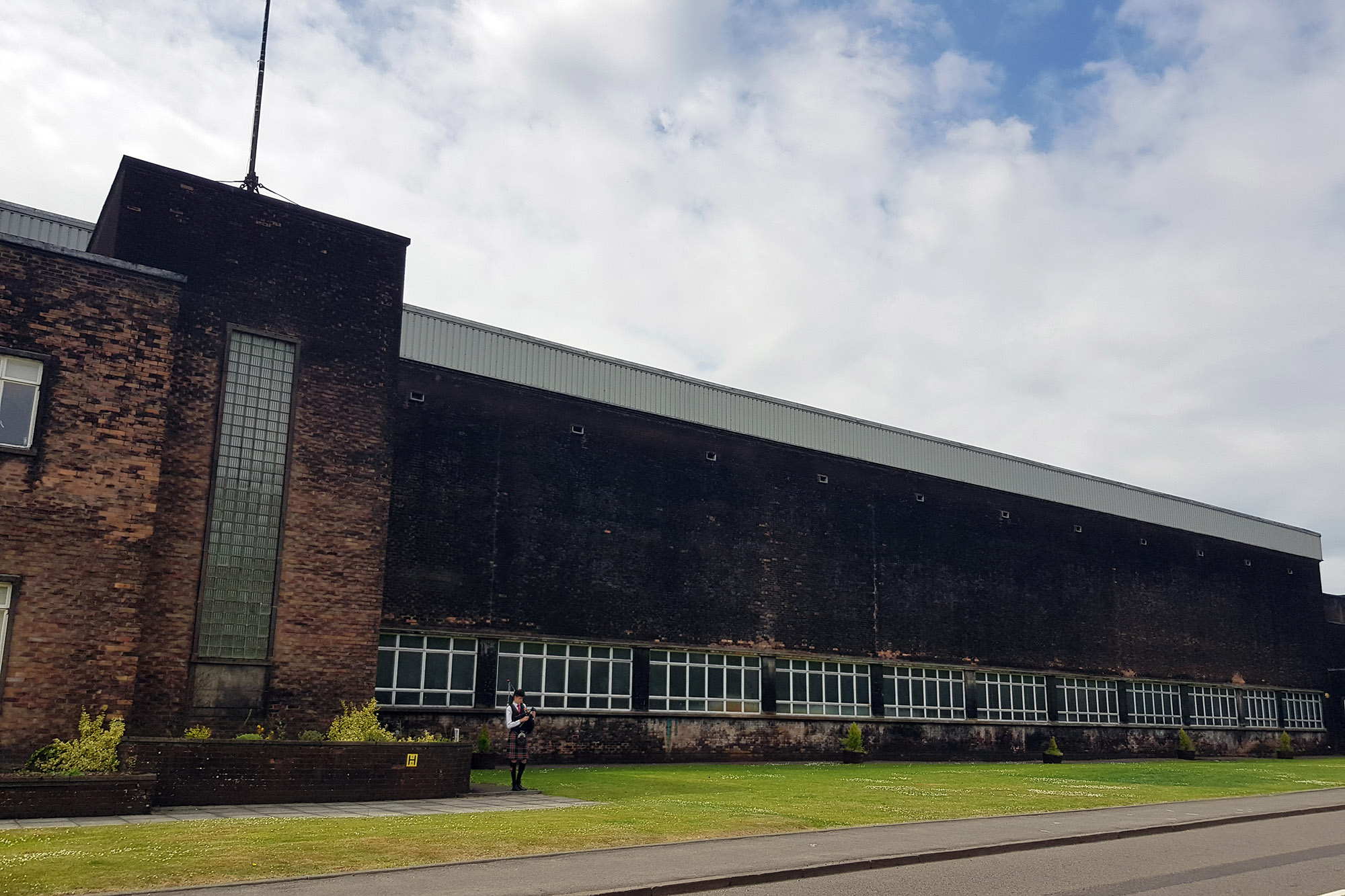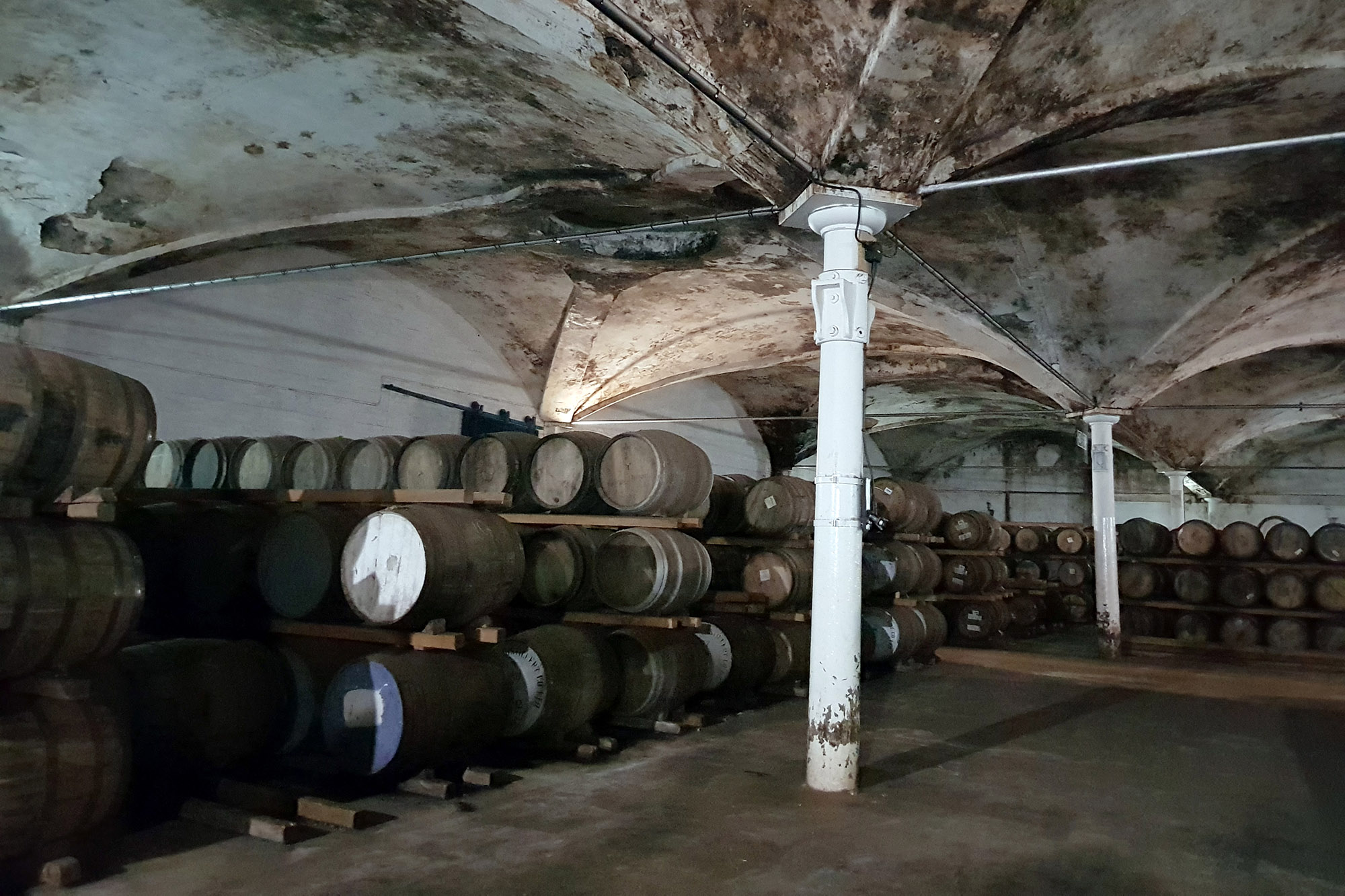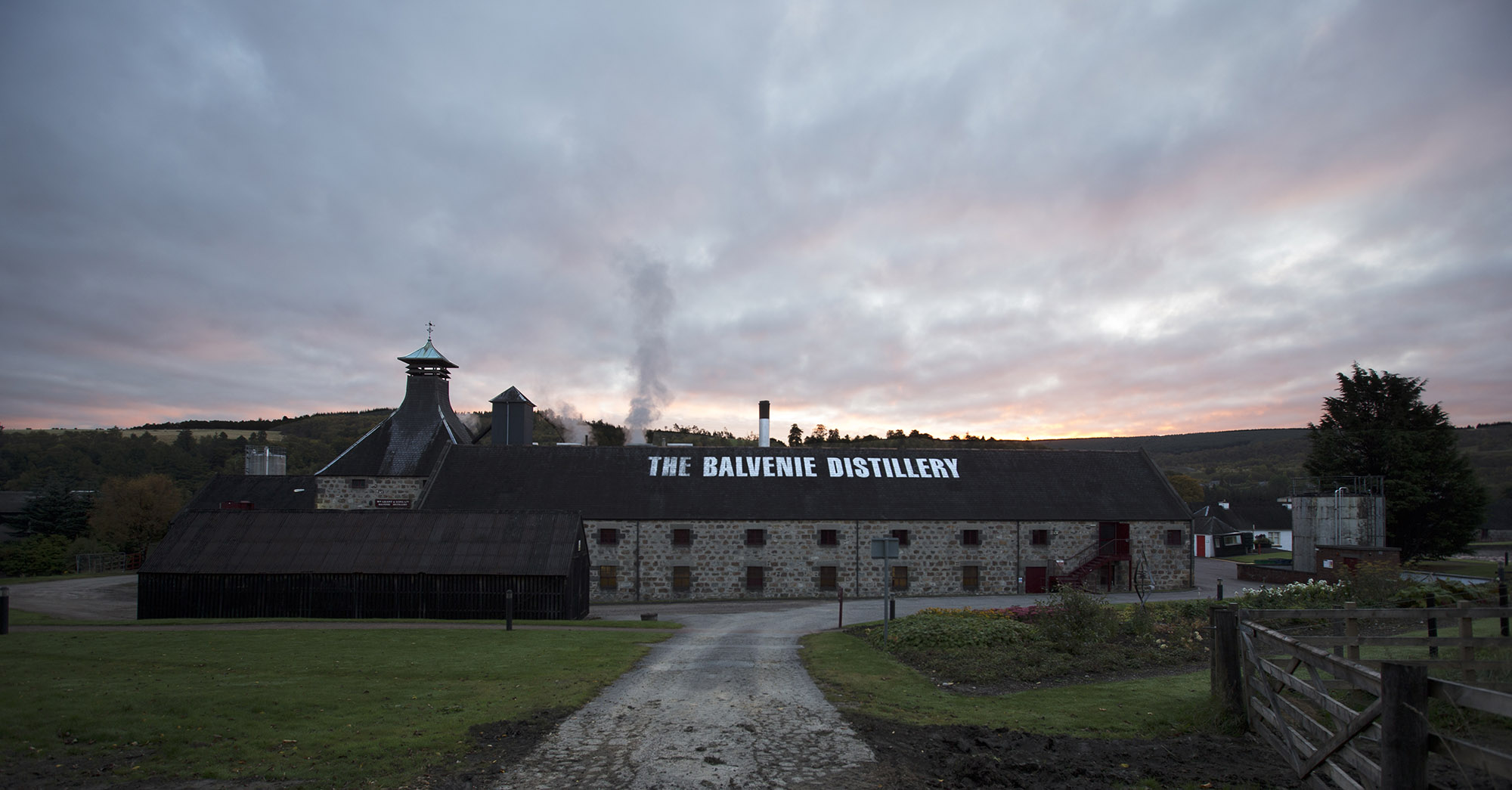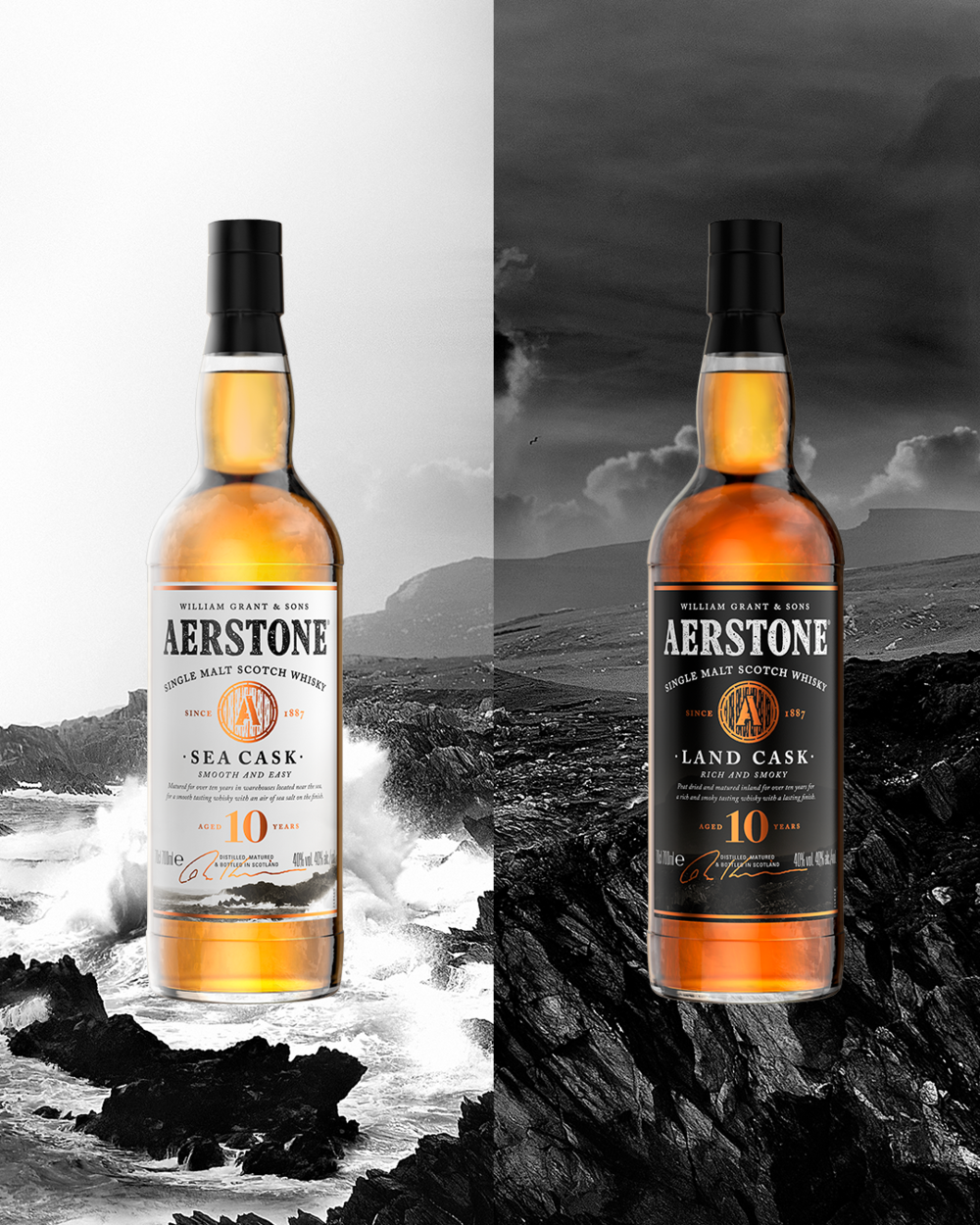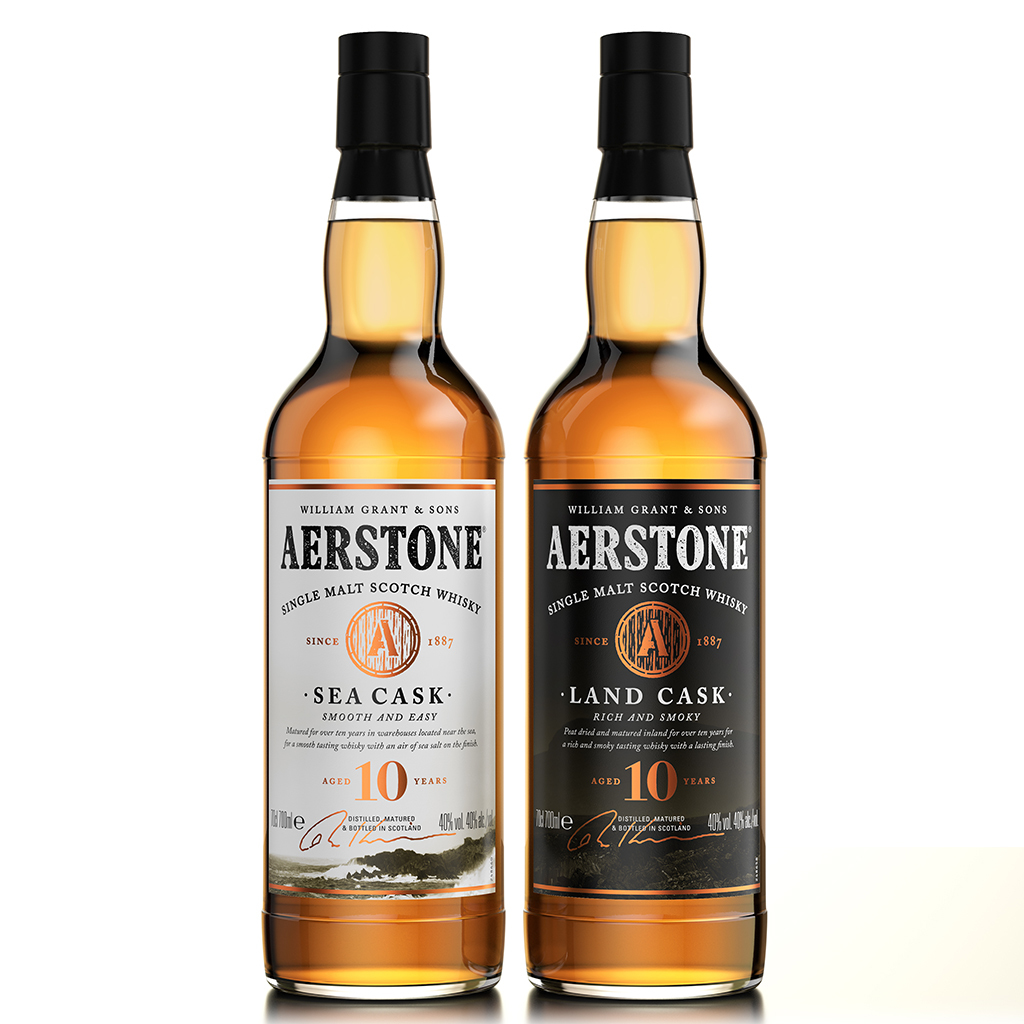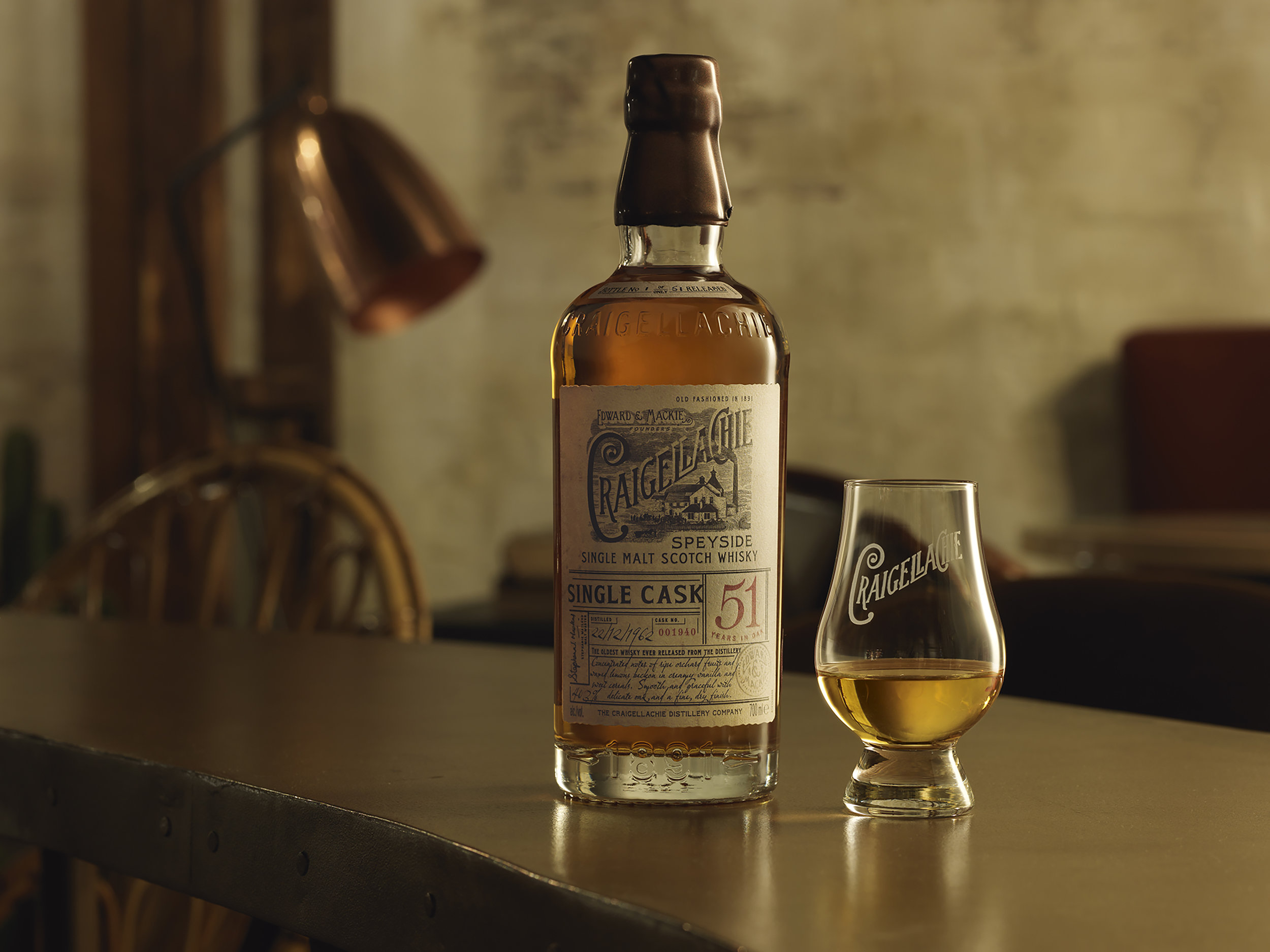Don Sutcliffe and Willie Phillips
The ‘Exceptional’ blends are getting a reputation for being just that. Colin Hampden-White meets the two that make the three in the range.
There is a lot of whisky in the world: excellent malts, delicious blends and a growing number of grain whiskies. So why would anyone try and create another one, let alone three? Thankfully, two men decided they wanted to because their creations are not only very good and complement the existing whiskies on the market, but they also have a blend that in many people’s opinion is one of the best in the world.
These whiskies are known under “The Exceptional” brand. For once, the name does describe the contents in the bottle. Made by the Craft Distillers company, these whiskies are the result of a collaboration between two men from very different whisky backgrounds. Don Sutcliffe was a whisky marketing man, working on the west coast of America, and Willie Phillips was managing director of a whisky distillery for 23 years. They met both working on the Macallan brand 25 years ago when they struck up a strong friendship, which has lasted well beyond retirement. They had always wanted to work on a project together so, with access to some of the finest whiskies on the planet and with the help of Master Blender Bill Arthur, they started to develop The Exceptional brand. The three whiskies they have are all blends: a blended grain, malt and a complete blend of grain and malt.
Who’s behind The Exceptional?
Don and Willie are very different characters. When Don is excited about the whisky he creates, the descriptors are, as you might expect from someone from the USA, exuberant. Willie, on the other hand, is a little more laid back in his praise, describing the grain blend as “not bad” and The Exceptional Blend as “good”. After a few drams, however, his real thoughts on the blend come through and he describes it as “probably the best blend he has tasted”. So, in reality, a “not bad” from Willie is a “pretty bloody good” for most of us. It’s this drive for excellence that shows in the whisky. Once in full flow talking about their creations, both Don and Willie are clearly very proud of the liquid and excited about getting as many people as possible to try it.
The blends
These blends are all small-batch bottlings simply because the whiskies they draw from are very mature and, in some cases, very rare, with some of the casks even coming from closed distilleries. All the whiskies, once blended, are left in first-fill oloroso casks to marry before bottling at 43% abv.
For batch two, the grain blend included whiskies from the Loch Lomond and North British distilleries, but also a cask of 33-year-old wheat whisky from the Carsebridge distillery, which closed in 1983. The blended malt included whiskies from Glenfarclas, Ben Nevis, Allt A’ Bhainne, Auchroisk, Glenallachie,Westport, Speyside, Macallan and three great Speyside distilleries whose names we can’t divulge. Many of these whiskies are more than 20 years old. The Exceptional Blend uses a mixture of the casks used in the blended grain and the blended malt.
A different kind of blend
These small-batches whiskies are unlike most blends. Because of the rarity of the casks and the different whiskies sourced for each blend, they are not made to be consistent year in, year out. The blends will change with each batch. If the quality of the blends can be kept and the flavours remain as good as their previous batches, then their existing reputation and already loyal followers can only grow.
The Blend has been earning a great reputation among all sectors of whisky drinkers. Whisky writers Charlie MacLean and Greg Dillon both said it was “one of the best blends I’ve tried”, distiller Lora Hemy considered it “the best blend I’ve tried in many, many years” and thought the blended malt “has elegance as well as power and depth”. She added, having tasted the blended malt, “This is probably the best blended malt I have tried”. These glowing references to the whiskies were all given before the cost had been revealed, and it is the price point of this range of whiskies that is as impressive as the whiskies themselves. There are many very good blended whiskies on the market – the private collection by Johnnie Walker is frequently lauded and is a fabulous blend created in different styles every year; it retails for in excess of £500. There are famous blends, such as Blue Label and Royal Salute, which are nearer the £200 mark. This makes it all the more remarkable to find such high-quality and drinkable blends in The Exceptional whiskies at a little over £80.
These whiskies bring the world of rare flavour within reach of almost all whisky drinkers. With that thought, these whiskies will, as time goes forward, sell increasingly quickly. One can only hope that Don and Willie are able to continue to source great casks so that they can keep up with the demand, or at least resist price increases beyond those of the casks they have to buy as they see the secondary market values of their whiskies increase.
Creating this small-batch blended whisky is a far cry from the past when Don and Willie were responsible for a lot more liquid and the brands were household names. If the quality of the whisky was the guide, then The Exceptional whiskies would create as much of a buzz. Let’s hope there’s enough to go around.
By Colin Hampden-White




